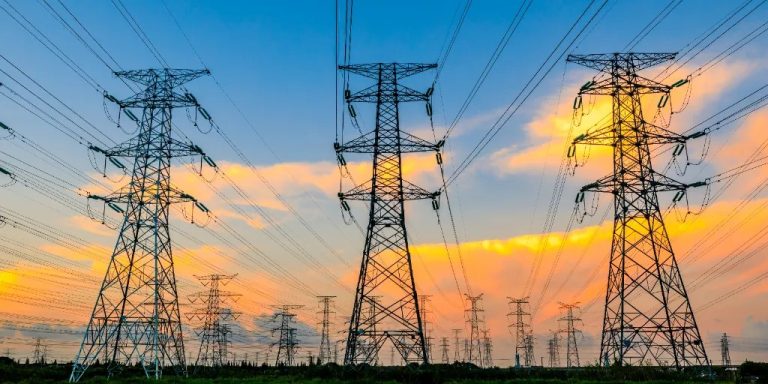Bernard L. Weinstein
Recent extreme weather events, such as Hurricane Beryl, which knocked out power to more than 2 million homes and businesses in Texas for days and then flooded parts of the Midwest and New England, have renewed concerns about Concerns about the vulnerability of the U.S. power grid. As climate models predict more severe weather ahead, utilities across the country are taking steps to “harden the grid,” such as replacing wooden poles with steel or concrete, putting more transmission and distribution lines underground, and installing transformer breakers The device works underwater.
But the recent focus on making the grid more resilient may be masking a more serious energy problem, namely a projected deficit in baseload generation relative to expected growth in electricity demand over the coming decades. The U.S. Energy Information Administration expects electricity consumption to reach record highs in 2024 and 2025, and predicts demand will jump from current levels of about 4,100 terawatt hours to more than 5,200 terawatt hours in 2050, an increase of 27%.
The rapid growth in demand will be driven by a variety of factors. The first is the expansion of power-hungry server farms, which are expected to consume more than a third of new capacity in the next few years, as the integration of artificial intelligence requires more power than traditional data centers. Hydrogen production, which consumes large amounts of electricity, is another factor driving electricity demand, as is the overall electrification of the U.S. economy.
Significant growth in investment in renewable energy, particularly wind and solar, in recent years has given rise to the perception that there will be significant generation capacity to meet future demand. Over the past decade, wind installation capacity has jumped from 60 GW to more than 150 GW, while solar farms now generate 150,000 GWh per year, up from 10,000 GWh a decade ago. But data centers, cryptocurrency miners and other critical IT infrastructure require reliable 24/7 power. They cannot rely solely on renewable energy due to its intermittency. For example, wind power generation in the United States actually fell by 9 terawatt hours in 2023, despite adding hundreds of wind turbines to the grid.
Meanwhile, investment in baseload natural gas, nuclear and coal-fired power plants has softened. According to data from the U.S. Energy Information Administration, new natural gas production capacity this year was 2.5 GW, a 25-year low, accounting for only 4% of total planned production capacity. This is down from 21% of planned capacity in 2020. , more than 1,000 coal-fired power plants closed. In response, a growing coalition of industry leaders, regulators and independent experts warned that the national grid is more vulnerable than at any time in the past 50 years as electricity demand surges while coal and nuclear power stations are idled. Effects of power shortages.
Worse, the EPA’s new “carbon capture” rules may not only hinder new investment in natural gas power plants, but may actually accelerate the closure of natural gas and coal-fired power plants. Under the regulations, new gas plants operating after 2039 must install carbon capture and storage (CCS) technology, operate at 90% efficiency and store the captured carbon dioxide underground. The EPA's rule also applies to existing coal-fired power plants, which would be required to reduce carbon emissions by 90% by 2032 if planned to operate after 2039. It may not even be possible.
Reducing or eliminating policies that cause market distortions, such as huge subsidies for wind, solar and batteries, would be one option to maintain baseload generation. But these incentives remain popular and were actually extended through the Inflation Reduction Act of 2022. Instead, the next administration in Washington should move to repeal the new EPA CCS rules to maintain a level playing field for all forms of electricity generation and encourage more investment in baseload power plants.
In fact, baseload, dispatchable power (i.e., coal, nuclear, and large gas-fired power plants) will remain the backbone of the U.S. energy supply for the foreseeable future. Despite the expansion of renewable energy, there is no other way to keep the grid reliable while meeting the growing power demands of U.S. industry.
Bernard L. Weinstein is the retired associate director of the Maguire Energy Institute at Southern Methodist University, emeritus professor of applied economics at the University of North Texas, and a fellow at Goodenough College, London.
This article was originally published by RealClearEnergy and provided via RealClearWire.
related
